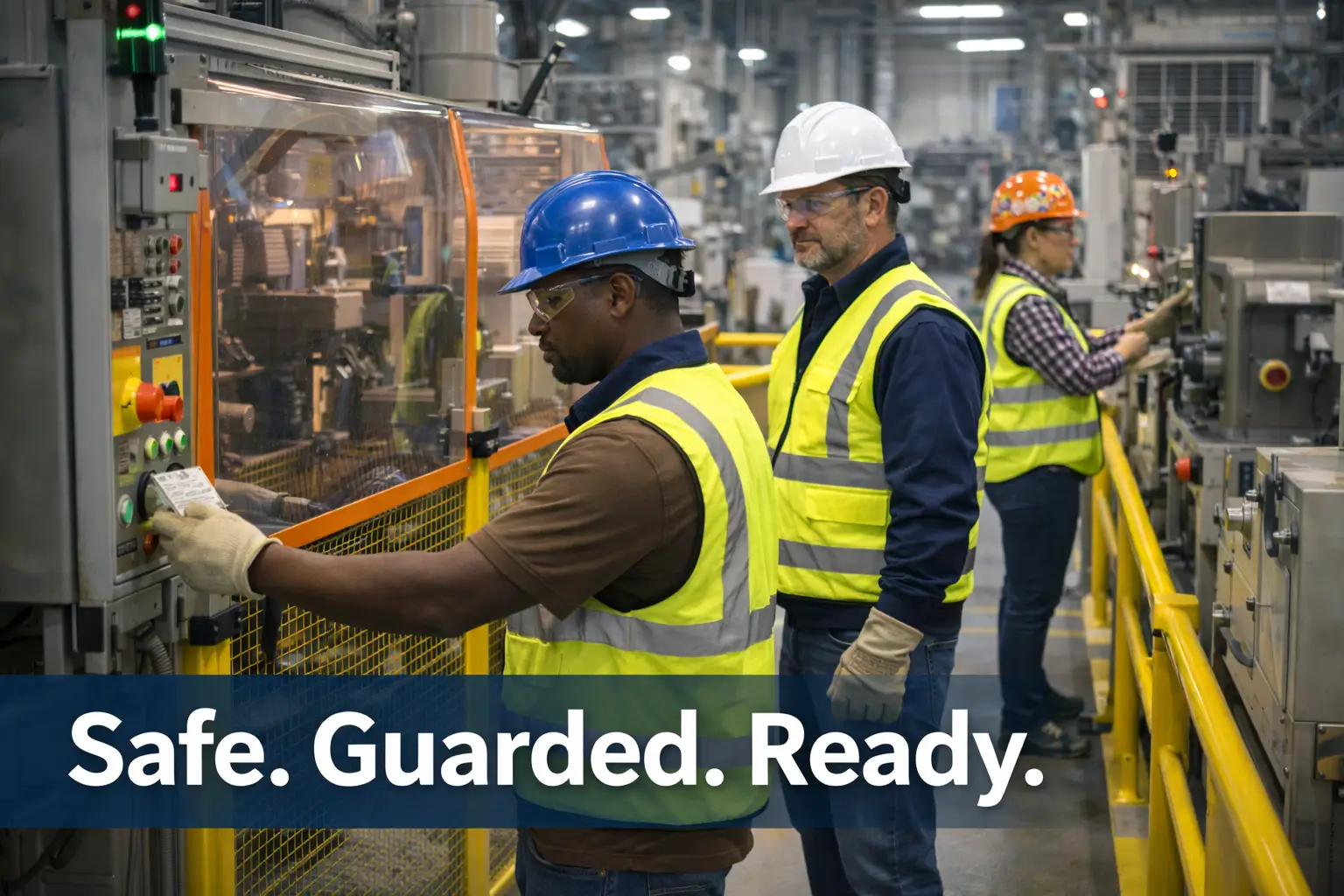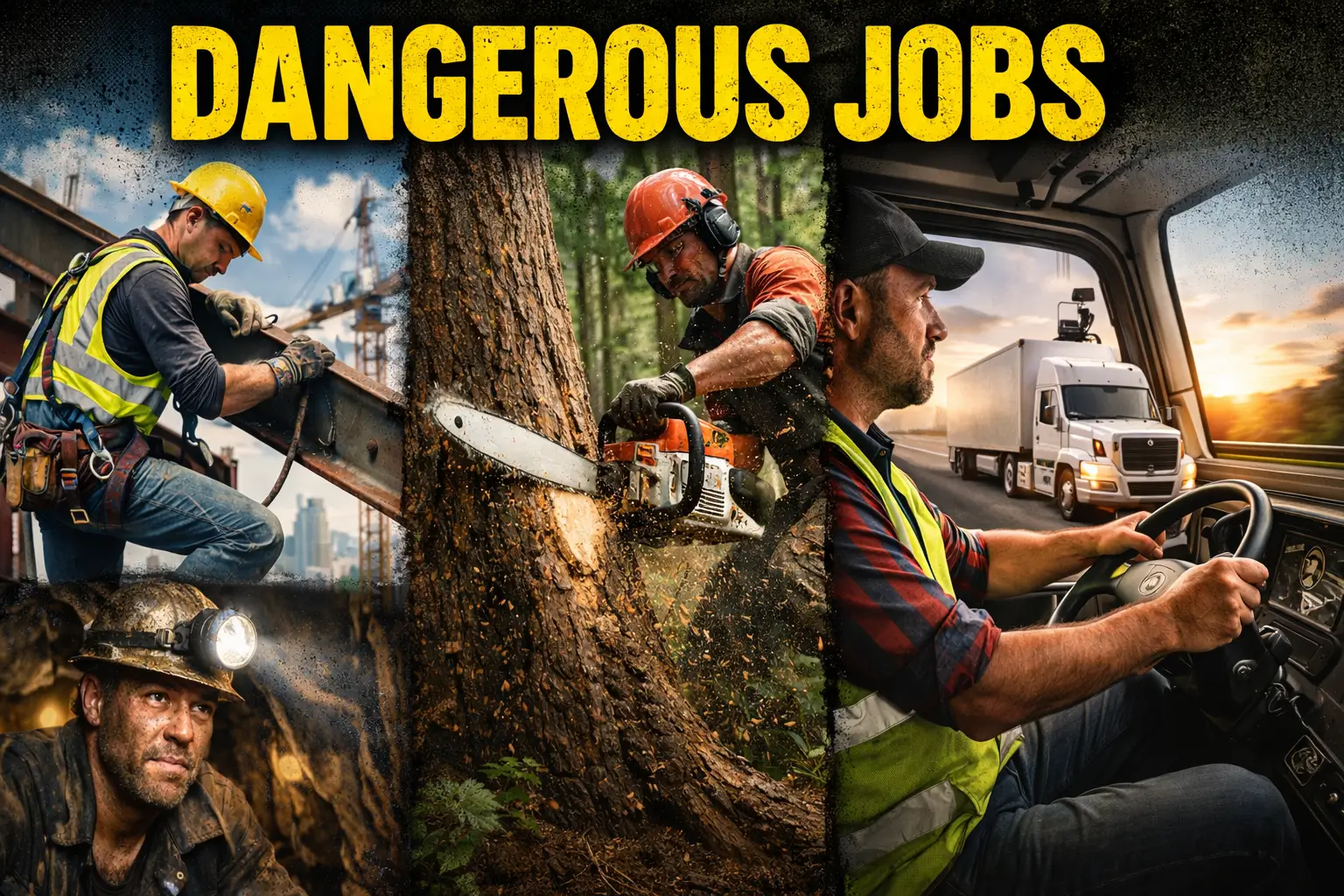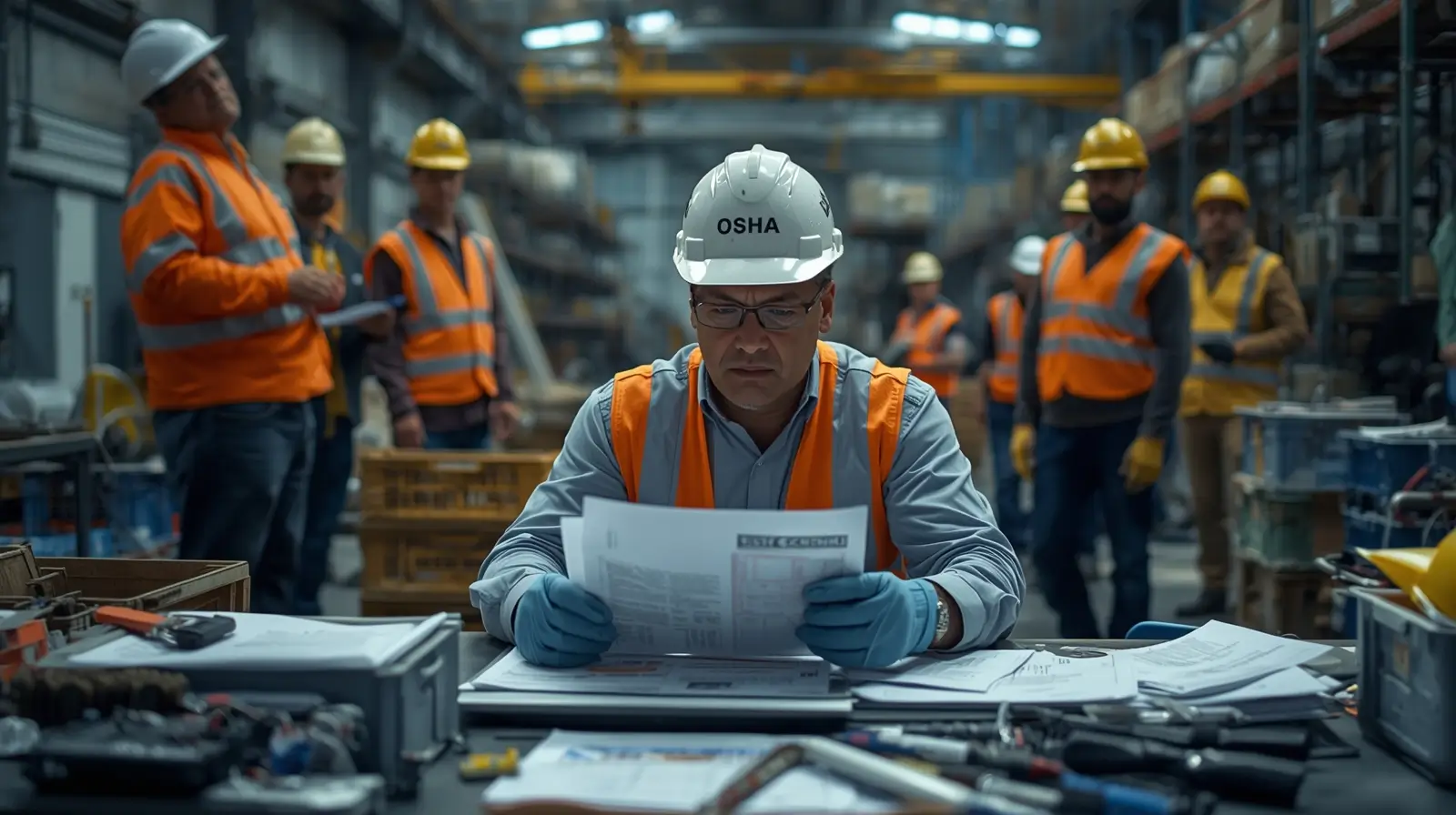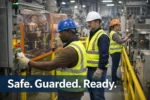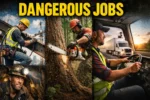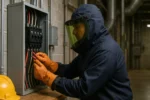What is the Purpose of the OSHA Outreach Training Program?
Every year, thousands of U.S. workers face preventable injuries and fatalities due to workplace hazards. Many of these tragedies could be avoided with proper safety training.
According to International Labor Organization statistics, around 2 million workers lose their lives each year through workplace diseases and accidents.
Source: International Labor Organization
OSHA (Occupational Safety and Health Administration) exists to ensure safe and healthy working conditions for employees. It enforces standards while also providing training, outreach, education, and assistance.
The OSHA Outreach Training Program equips workers and employers with the knowledge to recognize, avoid, and prevent hazards before accidents occur. It includes two popular courses: the 10-Hour Safety Training Program and the 30-Hour Safety Training Program.
While OSHA mandates safety regulations, the Outreach Program goes further - it promotes a proactive safety mindset. From construction sites to general industry, it fosters a culture where safety is a shared priority.
Understanding the OSHA Outreach Training Program
The OSHA Outreach Training Program is an educational initiative that equips workers with essential knowledge about hazards, safe practices, and their rights under OSHA standards.
It’s been operating in the U.S. for more than a decade and is now mandatory in over 58 states. Training is delivered by OSHA-authorized trainers who bring real-world field experience.
The two main courses serve different needs. The 10-hour course targets entry-level workers, focusing on safety awareness. The 30-hour course is for supervisors and those with safety responsibilities, offering deeper, role-specific training.
Course content is tailored for both General Industry and Construction, ensuring hazards, PPE, and policies are covered for each environment.
Employers, unions, and trade associations are encouraged to adopt this training. Workers gain a nationally recognized completion card, which boosts employability and proves commitment to safety.
The Core Purpose Behind the Program
A. Empowering Workers
Workers learn to recognize unsafe conditions before they escalate. It encourages independent safety decisions and builds confidence to exercise OSHA-protected rights.
B. Standardizing Safety Awareness
It creates a consistent safety baseline across industries. Workers transition smoothly between projects with a shared understanding of safety protocols.
C. Promoting a Preventive Mindset
Training focuses on acting before accidents occur. Workers learn to spot early warning signs and practice proactive hazard mitigation.
D. Spreading Knowledge of OSHA Standards
Workers are introduced to OSHA standards such as fall protection, PPE, and electrical safety. It bridges the gap between rules and real-world practice.
Why OSHA Outreach Training is NOT Just a Box to Check
OSHA Outreach Training has proven to reduce incidents by equipping workers to identify and address hazards before accidents occur.
In construction sites where workers completed the 10-hour training, fall-related injuries dropped significantly due to increased awareness of ladder and scaffolding safety.
Reports cite a 20% drop in fatal falls in the past fiscal year.
Although OSHA Outreach cards don’t expire, knowledge must be refreshed. Tools, procedures, and hazards evolve - outdated practices can undermine training.
A short refresher course helps keep workers sharp. Beyond adherence, the program fosters a shared safety language, improving communication and hazard reporting.
Employees who feel trained and protected are more engaged and confident, which builds trust between workforce and management.
Who Should Take the Training and Why It Matters
Entry-level workers gain essential knowledge to navigate hazards confidently.
Supervisors enhance oversight skills and lead by example in maintaining safety.
Small business owners learn adherence requirements and how to protect employees effectively.
Temporary workers quickly adapt to new job-site protocols with this training.
Overall, OSHA training boosts jobsite credibility and reduces legal risks. It also improves hazard reporting, empowering workers to speak up without fear of retaliation.
For workers, it enhances employability in safety-sensitive industries by showing commitment to OSHA standards.
Common Misconceptions About the Program
❌ “It’s only for construction” - False. The program also covers General Industry, Maritime, and Disaster Site work.
❌ “It guarantees OSHA adherence” - False. It is educational, not regulatory. Employers still need company-specific programs and inspections.
❌ “It’s only for entry-level workers” - False. Supervisors, managers, and business owners also benefit by learning how to lead safety initiatives.
❌ “30 hours is too long” - False. The course covers deep topics like hazard communication and emergency response, making the investment worthwhile.
Conclusion
OSHA Outreach Training builds knowledge, sharpens prevention skills, and empowers workers to act safely.
From new hires to seasoned foremen, its lessons are invaluable. Safety isn’t just policy - it’s personal.
This training equips you to protect yourself and others, because sometimes your life may truly depend on it.



